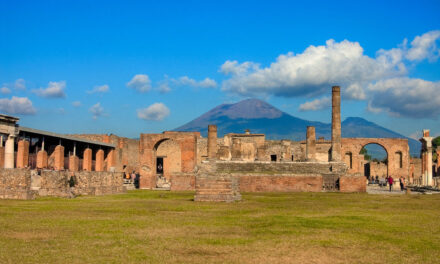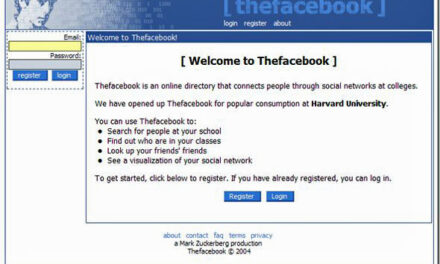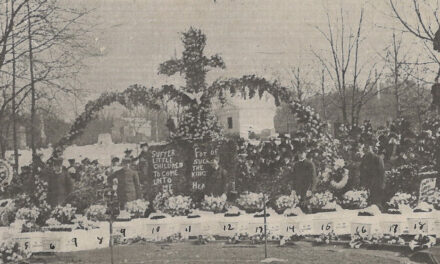World History
- Scopes Trial Begins (July 10, 1925)
- On July 10, 1925, the Scopes Trial, also known as “The Monkey Trial,” began in Dayton, Tennessee. High school teacher John T. Scopes was accused of violating state law by teaching the theory of evolution. This trial represented a major public clash between science and religious beliefs, sparking a debate that persists today.
- Live Aid Concert (July 13, 1985)
- The Live Aid concerts, held simultaneously in London and Philadelphia, took place on July 13, 1985. Organized by Bob Geldof and Midge Ure, these globally broadcasted concerts aimed at raising funds for the famine-stricken population of Ethiopia. Live Aid highlighted the power of music to address global humanitarian crises.
- The Bastille is Stormed (July 14, 1789)
- On July 14, 1789, a pivotal event of the French Revolution took place when an enraged Parisian crowd stormed the Bastille, a state prison and symbol of royal tyranny. The fall of the Bastille symbolized the end of the ancien régime and is celebrated annually as Bastille Day, France’s national independence day.
- Establishment of NASA (July 15, 1958)
- On July 15, 1958, the United States Congress passed legislation establishing the National Aeronautics and Space Administration (NASA) in response to the Soviet Union’s advancements in space exploration. NASA has since been at the forefront of space exploration, making substantial contributions to science and technology.
- Trinity Nuclear Test (July 16, 1945)
- The first-ever nuclear weapon was successfully detonated in the New Mexico desert on July 16, 1945, as part of the United States’ Manhattan Project. Known as the Trinity Test, this marked a significant turning point in warfare technology and led to the end of World War II following the bombings of Hiroshima and Nagasaki.
Cleveland History
- The Opening of the West Side Market (July 13, 1912)
- On July 13, 1912, Cleveland’s West Side Market opened to the public. Over the years, the market has become an iconic landmark in the city, offering a wide variety of food options from local vendors. The West Side Market is a symbol of Cleveland’s multicultural identity and culinary diversity.
- The Cleveland Museum of Art Inauguration (July 10, 1916)
- July 10, 1916, marked the official opening of the Cleveland Museum of Art, one of the most renowned art institutions in the United States. The museum, which offers free entry, has since contributed significantly to the cultural enrichment of Cleveland, housing vast collections of art spanning various periods and cultures.
- The East Ohio Gas Explosion (July 11, 1944)
- On July 11, 1944, Cleveland witnessed one of the most devastating disasters in its history – the East Ohio Gas explosion. The tragedy occurred when gas leaked from a storage tank, causing a catastrophic explosion that resulted in over 130 deaths and destroyed a large part of the city’s east side.
- The Birth of the Cleveland Indians (July 12, 1915)
- On July 12, 1915, Cleveland’s professional baseball team, initially known as the Naps, was officially renamed the Cleveland Indians. Over the years, the team has been a cornerstone of Cleveland’s sports culture, winning multiple American League pennants and World Series titles.
- The Opening of the Cleveland Hopkins International Airport (July 15, 1925)
- July 15, 1925, marked the opening of the Cleveland Hopkins International Airport. It was the first municipal airport in the United States designed for airline use, highlighting Cleveland’s role in the growth of commercial aviation. Today, it remains a major hub, serving millions of passengers annually.






